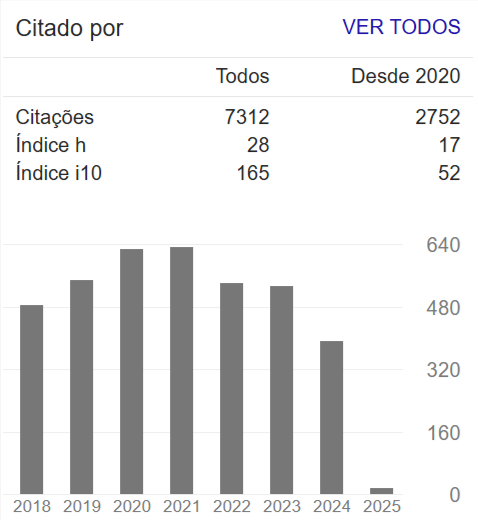Field fluorometer and injection device for gauging streams with fast variations
Resumo
When it is desired to measure the temporal evolution of the flow of a river in torrential, kinematic
methods (reel, electromagnetic current meter) are not appropriate, because of turbulent flow types.
Dynamic for their methods (weirs, calibrated items) require fixed installations whose costs do not
generally fall into the budgets allocated. The method of choice is the chemical gauging or dilution
method. It involves injecting a known amount of chemical and continuously measuring the
concentration in the water downstream of the injection point. The substance may be ionic in nature
(salt). Its concentration is then deduced from the increase in the electrical conductivity of the water.
But usually a fluorescent tracer is used as the sensitivity of the measuring device (the fluorometer) is much higher. Indeed, for equivalent signal to noise ratio, 1 gram of uranine is equivalent to 5 kg of
salt. To study the temporal variation of a stream flow, we repeat the measurement at regular intervals. For
this purpose, we developed a mechanical injection system based on the rain gauge bucket. This device
periodically delivers a constant mass of tracer at a concentrated solution. A suitable distance from the
injection site, we set a field fluorometer. At the end of work, successive measurements of the
concentration of tracer are used to calculate the temporal evolution of the flow of the water.

















